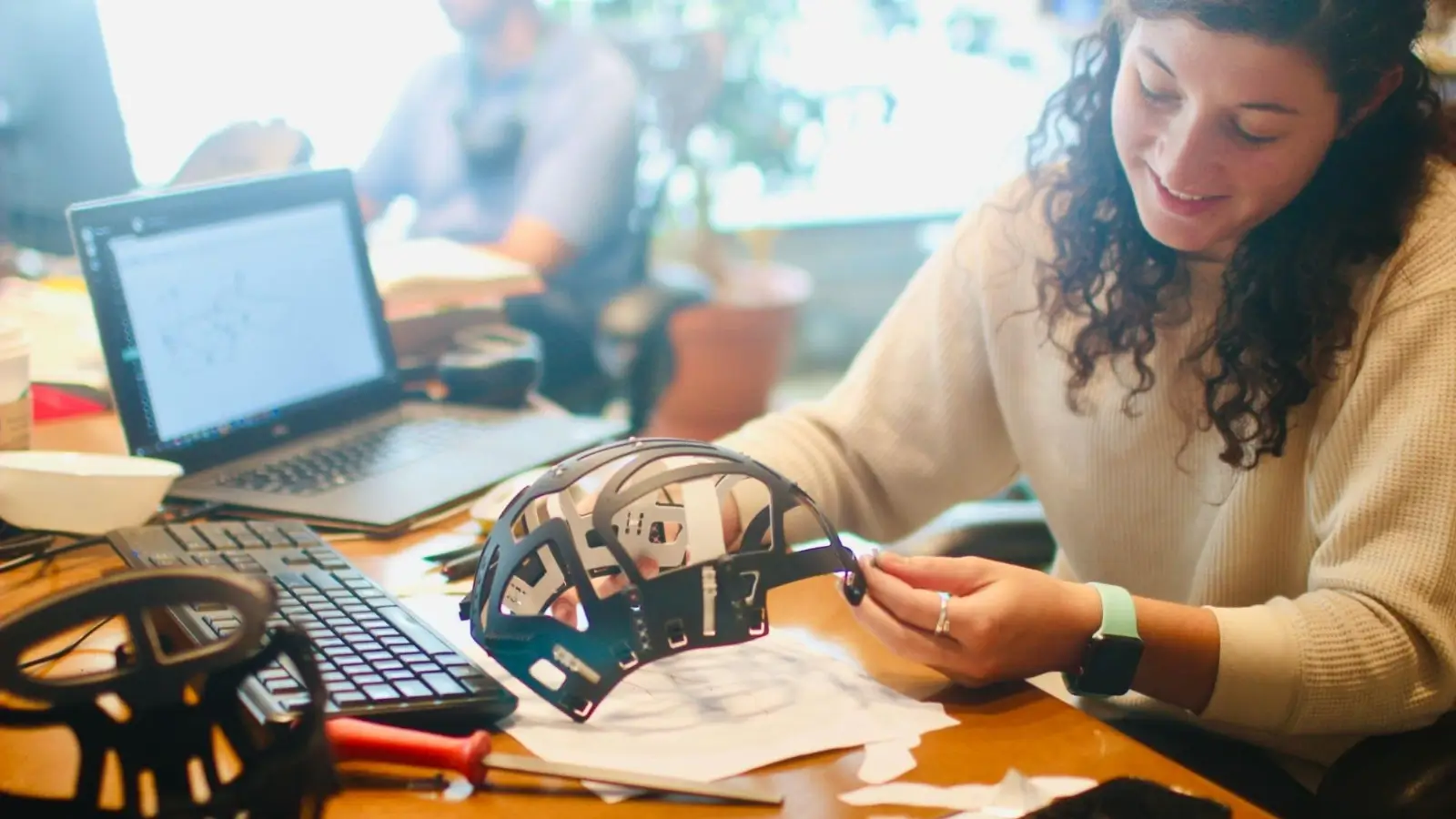


Bringing a new product to market is exciting, but for startups, it can also be overwhelming. Limited budgets, strict timelines, and high competition mean there's little room for mistakes. Every decision, from design to manufacturing, can significantly impact cost and success. The good news is that developing affordable, high-quality products is possible with the right strategies. By planning carefully and choosing the right production methods, even small businesses can compete with larger players. Keep reading to learn more.
Product development follows a series of stages:
Idea
Design
Prototyping
Testing
Manufacturing
Each stage adds value, but it can also add additional expenditure. If businesses make a mistake early on, such as choosing an overly complex design or ignoring material costs, they can snowball into much larger problems later. For example, a design that looks great on paper but is too complicated to manufacture can waste time and money. This is why startups must think about cost efficiency from the very beginning. Instead of rushing from idea to production, it helps to take a step back and evaluate how each decision will affect the bigger picture.
One of the most effective ways to control costs is through smart design. A simple, well-thought-out design is easier and cheaper to manufacture than one full of unnecessary features. Startups should use modern design tools like Computer-Aided Design (CAD) software. These can simulate how a part will function before making it, reducing the need for expensive redesigns later.
After the design stage comes prototyping. It allows businesses to test how a product works or how customers will respond to it. Prototypes do not have to be expensive. Affordable options include 3D printing for quick samples, CNC machining for precise models, or even low-volume molding for early testing.
The goal is to make enough to validate the design without spending too much. This approach, sometimes called "lean prototyping”, focuses on creating only what is necessary to move forward. It minimizes waste, saves time, and identifies serious issues before a company spends large sums on full-scale manufacturing.
Once a startup finalises the design and tests the prototype, the next big step is choosing how to manufacture the product. Several methods are available. They can include 3D printing for small batches, die casting for metal parts, and plastic injection molding for larger quantities.
Plastic Molded Concepts can be expensive upfront, but they have a lower cost per part when making a product in the thousands. On the other hand, 3D printing or CNC machining can be expensive per part but has almost no setup cost. The general rule is that if your product will sell in large volumes, investing in molds will usually pay off.
When choosing a process, do think about scalability. For example, if you start with 3D printing for 200 units, will you easily switch to injection molding for 20,000? Some processes (like machining) don't scale well, while others (like injection molding or stamping) are built for scaling. Some processes require specialized suppliers (like die casting). As a startup, choose a process where suppliers are accessible, reliable, and flexible with small runs.
From careful design and lean prototyping to selecting the right manufacturing process, each decision plays a role in controlling expenses and ensuring long-term success. By approaching product development strategically and working closely with trusted manufacturing partners, startups can turn their ideas into affordable, high-quality products that stand out in the market.